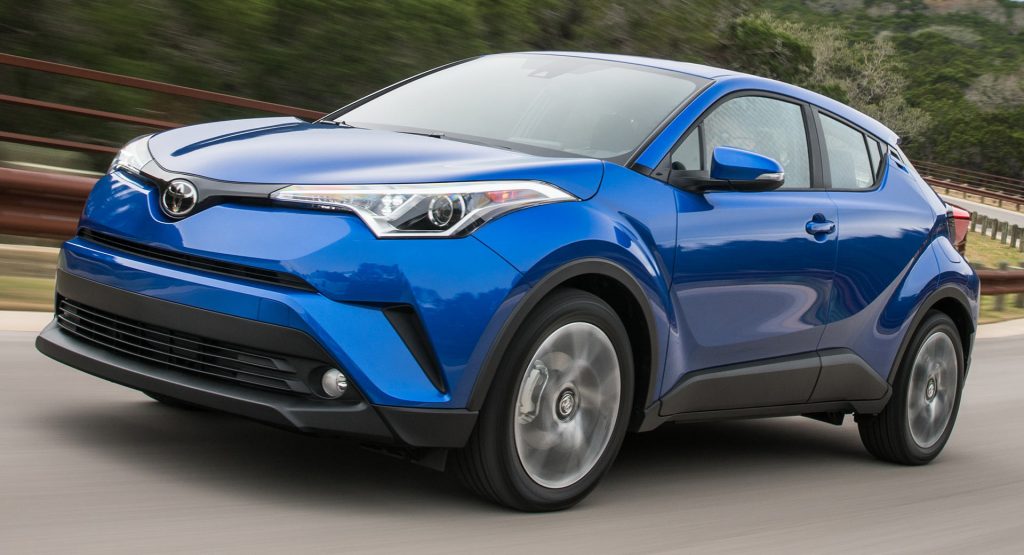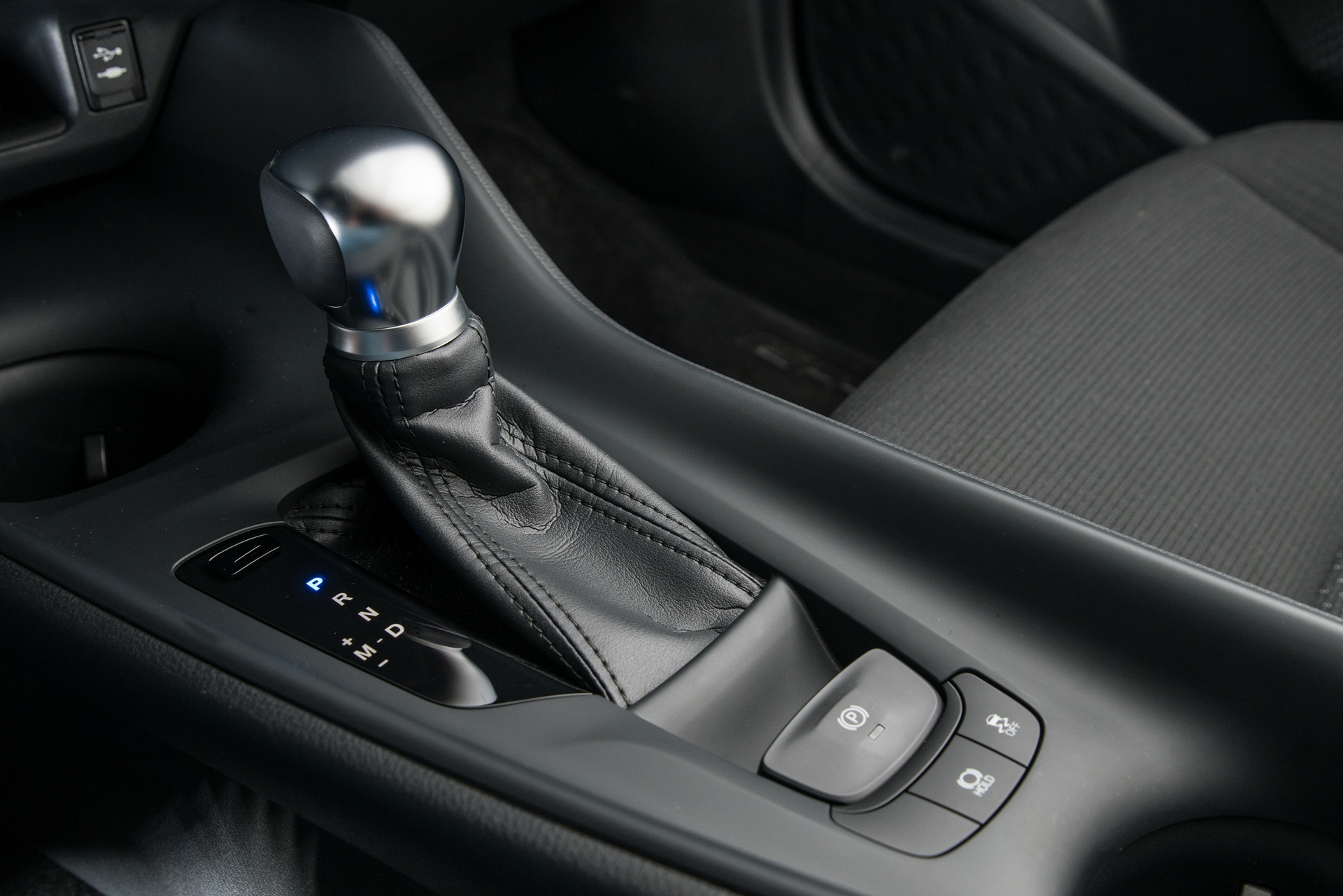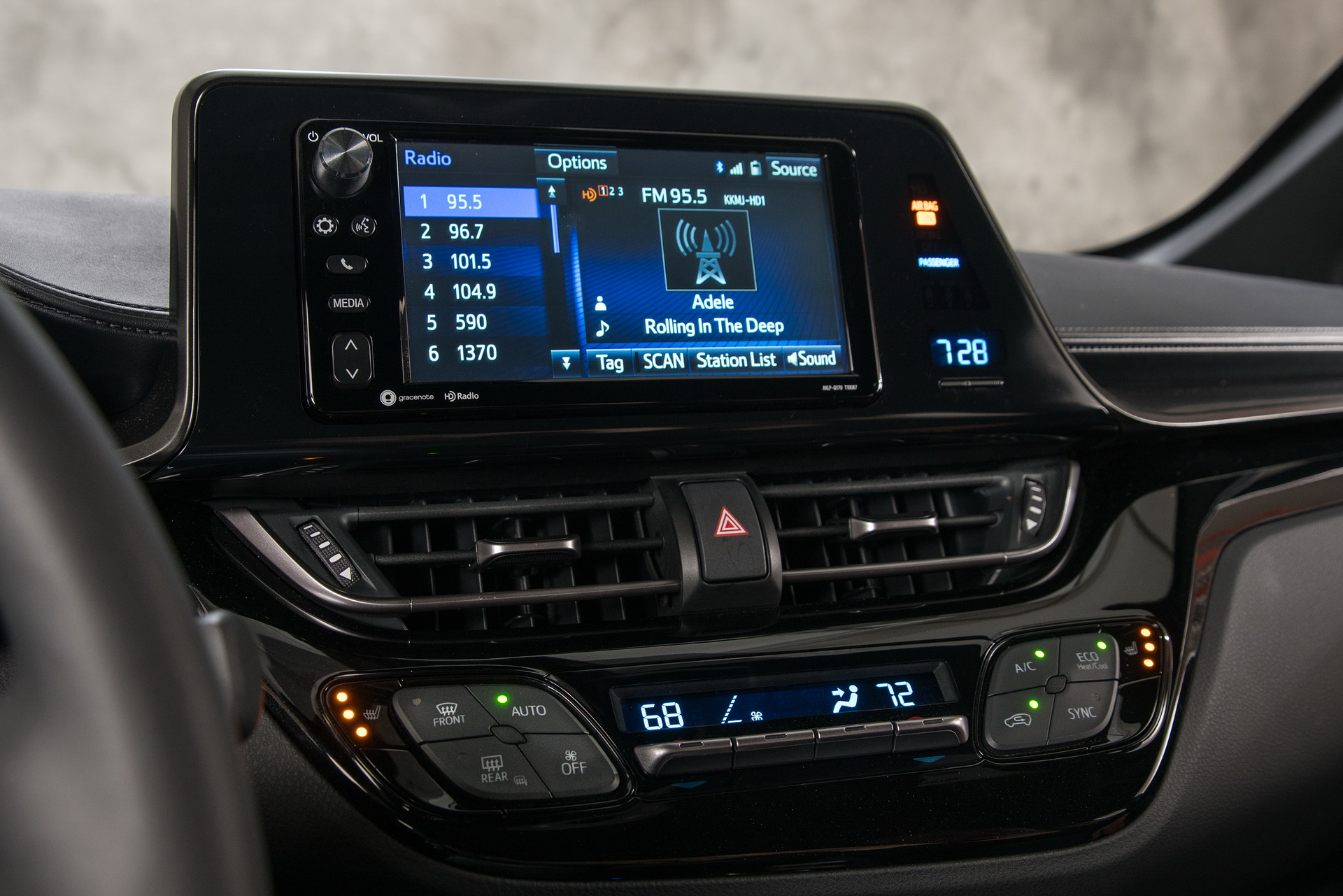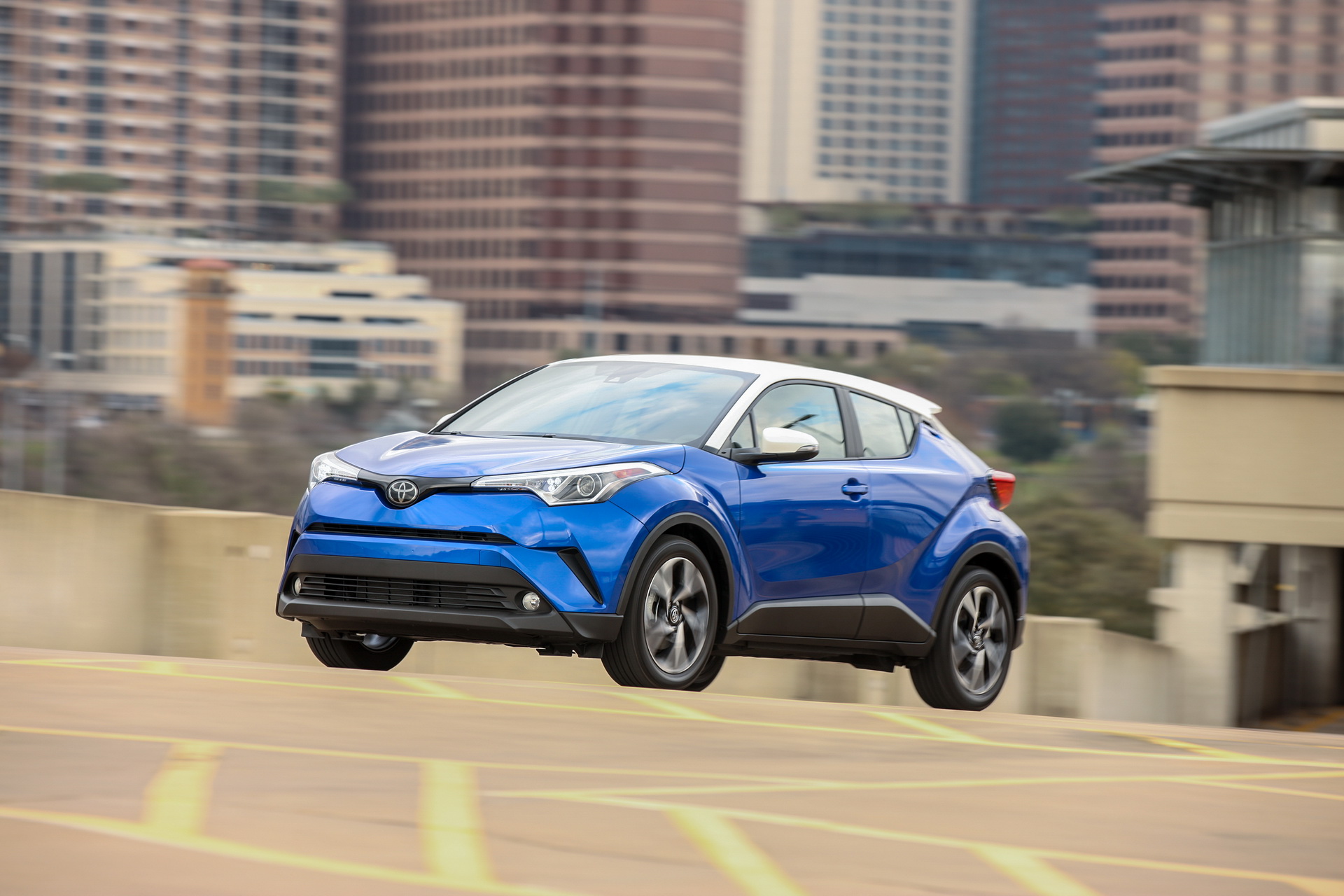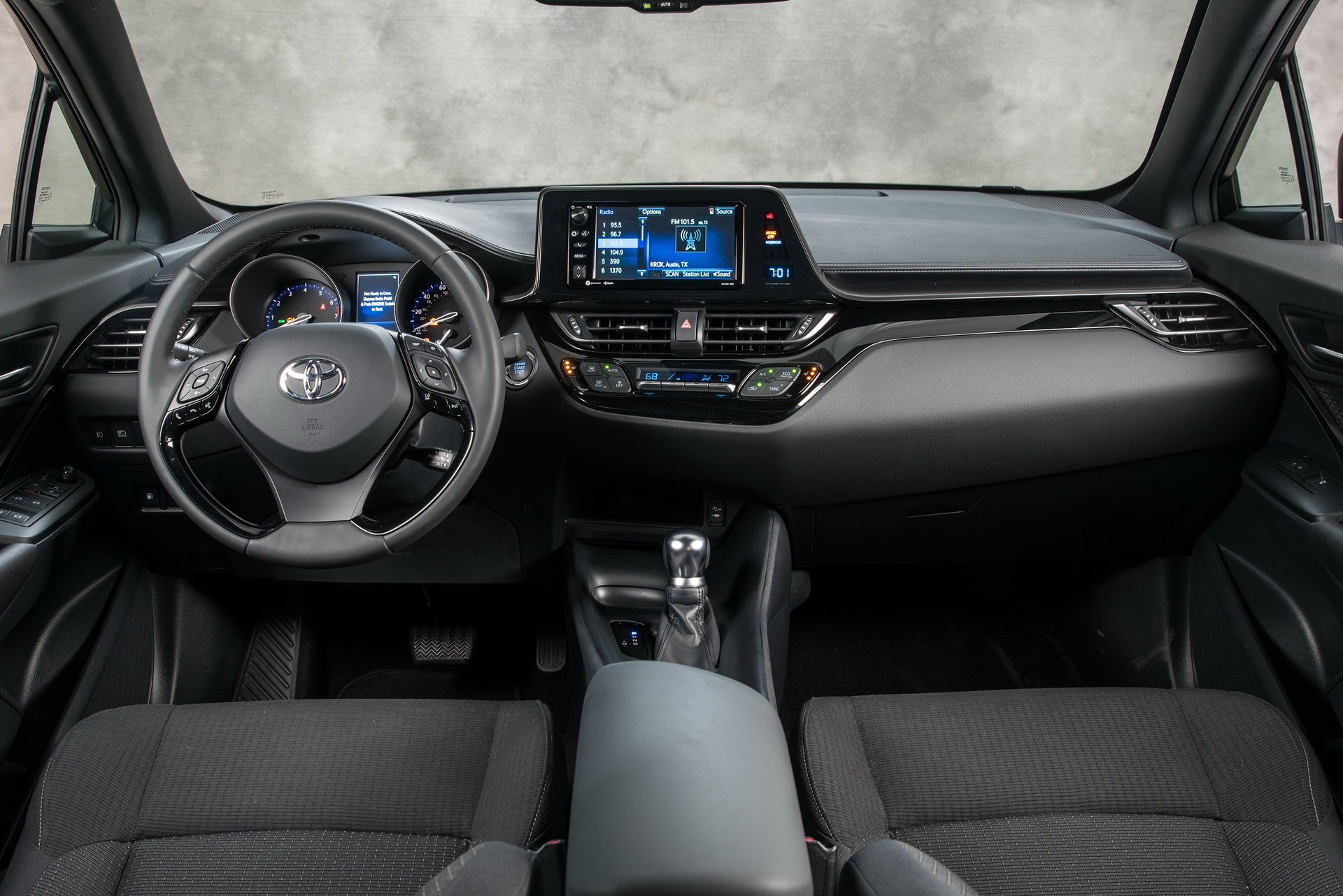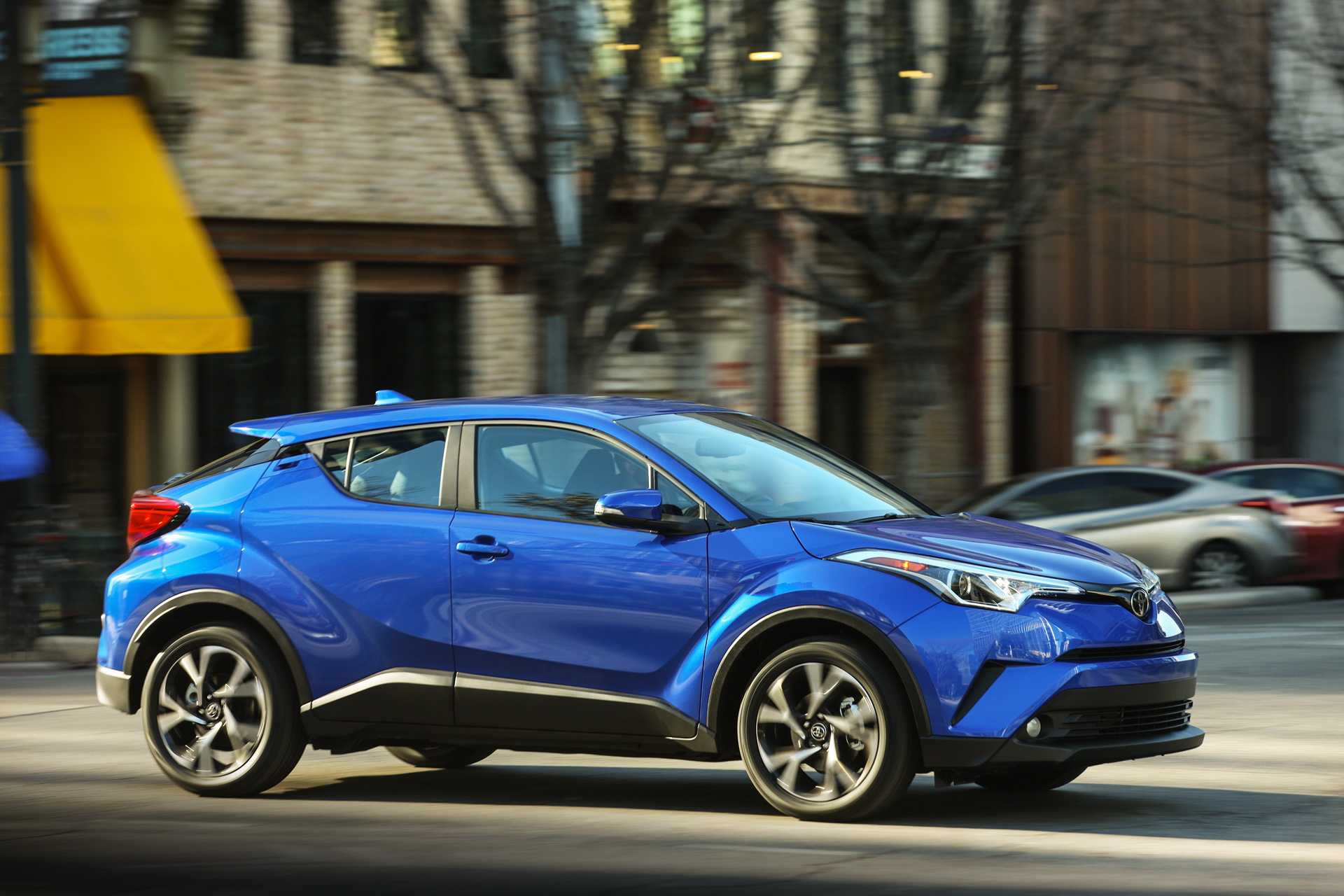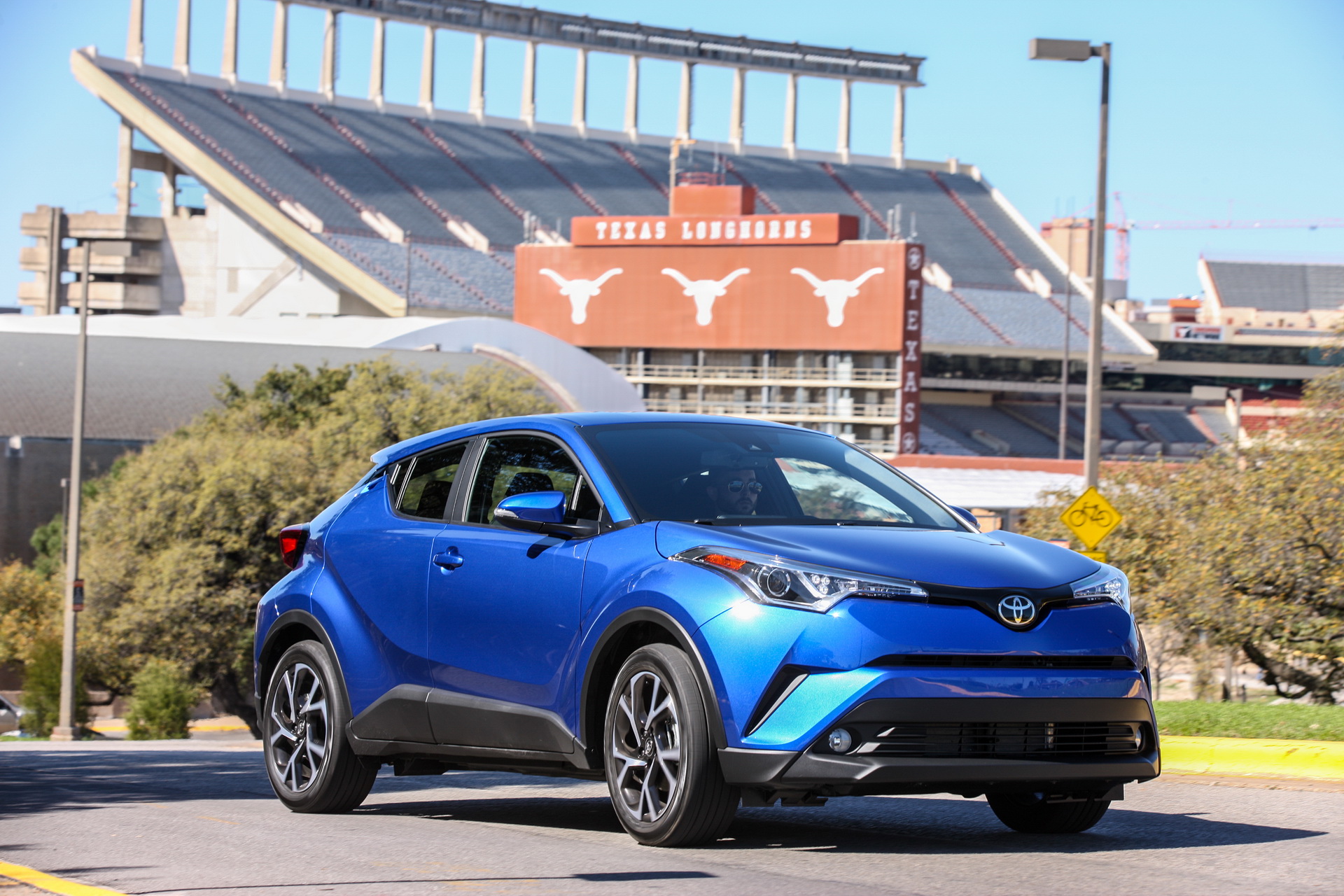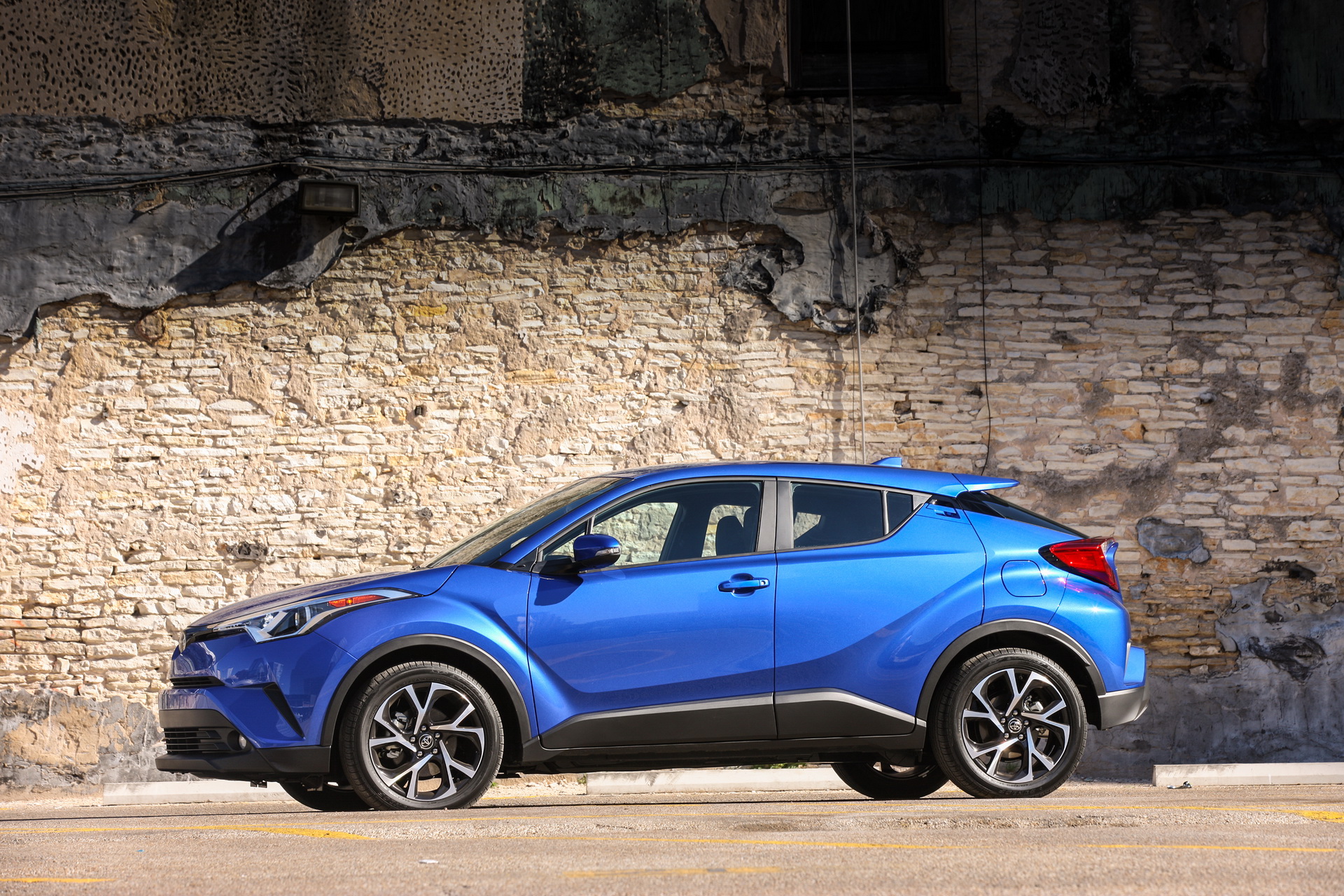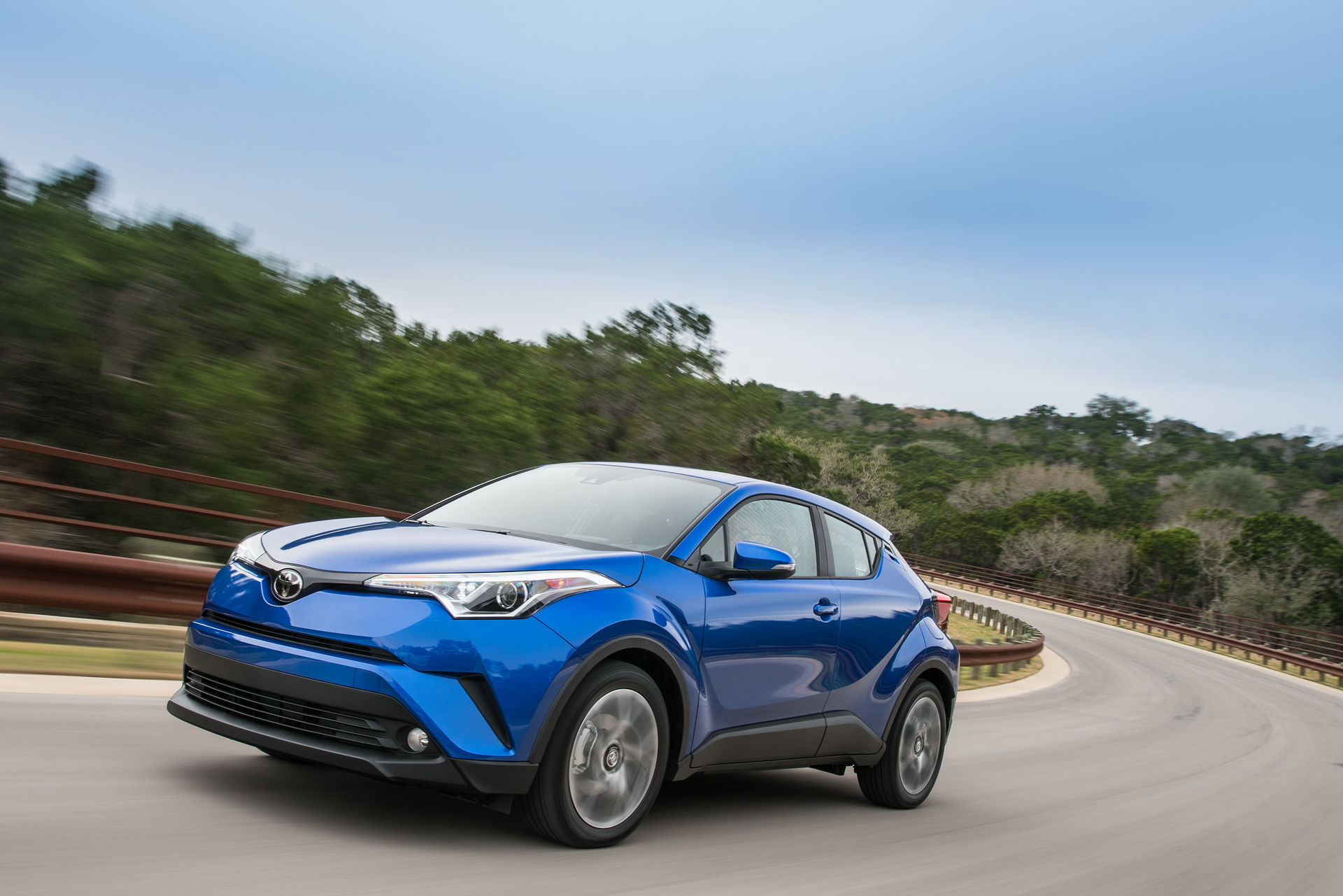Toyota’s high hopes for the CH-R in the US market have not been met yet, as the sub-compact SUV has failed so far to meet the company’s expectations there.
Unlike regions like Europe and Japan, where the Toyota C-HR proved to be a major success, sales in the US have fallen short of expectations.
Toyota expected to sell 5,000 C-HRs per month quickly after its launch last spring, but this hasn’t happened yet. Its best month so far was this February, with 4,420 cars sold, thanks to better supply from the factory and new financial incentives. Still though, the Toyota C-HR sits seventh so far this year in its segment, behind the Mitsubishi Outlander Sport.
“We’re fine with where the C-HR is. We’re pretty pleased,” Bill Fay, senior VP of automotive operations for Toyota Motor North America told Automotive News. Fay added that the C-HR is still considered a brand new model that’s been out for less than a year. “We had to build up some awareness and purchase intention for a new model.”
Auto analysts however believe that there are some other reasons for the C-HR’s failure to attract the “right” amount of customers. One of them is the fact that the sub-compact SUV was aimed to be part of Scion’s range but Toyota pulled the plug on the brand in 2016.
“It’s a product that was intended for the Scion brand, and that means they made product-planning decisions relative to the kind of content based on the Scion mono-spec approach,” said Stephanie Brinley, a senior analyst at IHS Markit.
Another issue is that prospective buyers of small crossovers in the US prefer all-wheel drive and have some minimal performance requirements. The US-spec Toyota C-HR is available only with front-wheel drive in North America, has no navigation option for the infotainment system, no Apple CarPlay or Android Auto and just one powertrain option.
The 144hp 2.0-liter four-cylinder unit combined with the CVT gearbox isn’t seen as an attractive proposition either. It’s a little disappointing, given that the C-HR rides on Toyota’s new global platform that focuses on great handling and the design is bold. “Looks are in the eye of the beholder,” said Brinley. “Some people like it, and some people won’t. A stronger powertrain could be a helpful thing.”




